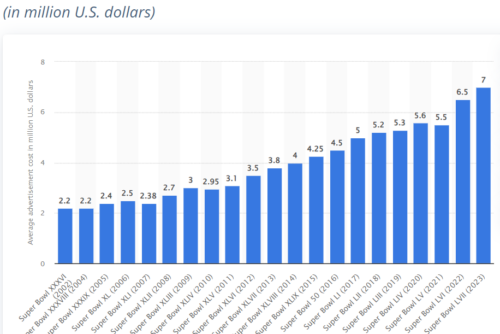It’s official! Pizza is a vegetable!
The word is out. Congress caved in under pressure from lobbyists on the school nutrition standards (see yesterday’s post).
Pizza is now officially a vegetable!
Here’s what the press is saying:
Cartoonists: get to work.
Additions, November 17
- The Daily on the Frozen Food Association’s mistaken lobbying efforts
- Eat, Drink, Better on the background legislation
- San Francisco Chronicle on choice comments (mine is first)
- Michele Simon’s thoughtful summary
- Obama Foodorama’s deep background:
School meals are a high-profit market for major food corporations….Thus in the last year, powerful food companies, agriculture lobbies, and various coalitions of lawmakers have allied in battles over each food area that USDA sought to restrict. This has included the creation of slick PR campaigns.
For instance, ConAgra and the giant, privately held Schwans, which sell millions of processed school meals, including pizza, have funded the “Coalition for Sustainable School Meal Programs,” which includes a website with a campaign called “Fix the Reg,” asking parents and other “interested parties” to contact USDA and lawmakers to demand changes to the school nutrition rule. This group was especially interested in keeping USDA’s current designation of tomato paste as a “vegetable” intact, something many nutritionists have argued makes poor sense.
Addition, November 18: For even deeper background, see what Marian Burros has to say in Obamafoodorama.
Addition, November 22: President Obama signed the Consolidated and Further Continuing Appropriations Act into law.
SEC. 743. None of the funds made available by this Act may be used to implement an interim final or final rule regarding nutrition programs under the Richard B. Russell National School Lunch Act (42 U.S.C. 1751 et seq.) and the Child Nutrition Act of 1966 (42 U.S.C. 1771 et seq.) that—
(1) requires crediting of tomato paste and puree based on volume;
(2) implements a sodium reduction target beyond Target I, the 2-year target, specified in Notice of Proposed Rulemaking, ‘‘Nutrition Standards in the National School Lunch and School Breakfast Programs’’ (FNS–2007–0038, RIN 0584–AD59) until the Secretary certifies that the Department has reviewed and evaluated relevant scientific studies and data relevant to the relationship of sodium reductions to human health; and
(3) establishes any whole grain requirement without defining ‘‘whole grain.’’



